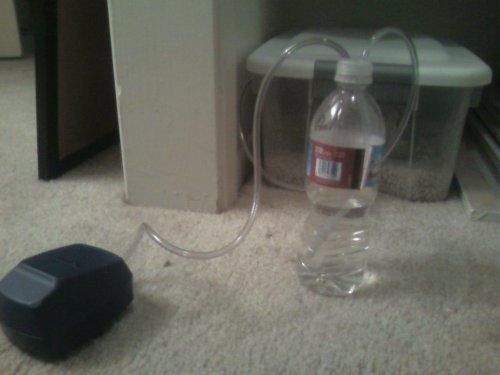Zen Reptiles
Avid Member
If there isn't high enough protein, they WILL eat ALL the babies.
My colony of Turks eats much more, and much faster, than any other roach colonies I have seen.
I also suggest no substrate, their poop will serve as a good substrate.
You do need /some/ humidity for the eggs to hatch, as I have had issues with mine drying up in very low humidity. I have also heard that using an oil (coconut oil, or olive oil) is good for Turks, though I haven't experimented enough with it to say for sure.
These are the best roaches for smaller animals, as when the eggs hatch, they seem to all hatch one after the other for a constant supply of pinhead-sized roaches!
I try to keep a ratio of 1 male per 5 females, and feed the extra males off. Male populations will boom and decline, boom and decline, every so often, so keep track that you don't overharvest them.
My colony of Turks eats much more, and much faster, than any other roach colonies I have seen.
I also suggest no substrate, their poop will serve as a good substrate.
You do need /some/ humidity for the eggs to hatch, as I have had issues with mine drying up in very low humidity. I have also heard that using an oil (coconut oil, or olive oil) is good for Turks, though I haven't experimented enough with it to say for sure.
These are the best roaches for smaller animals, as when the eggs hatch, they seem to all hatch one after the other for a constant supply of pinhead-sized roaches!
I try to keep a ratio of 1 male per 5 females, and feed the extra males off. Male populations will boom and decline, boom and decline, every so often, so keep track that you don't overharvest them.







